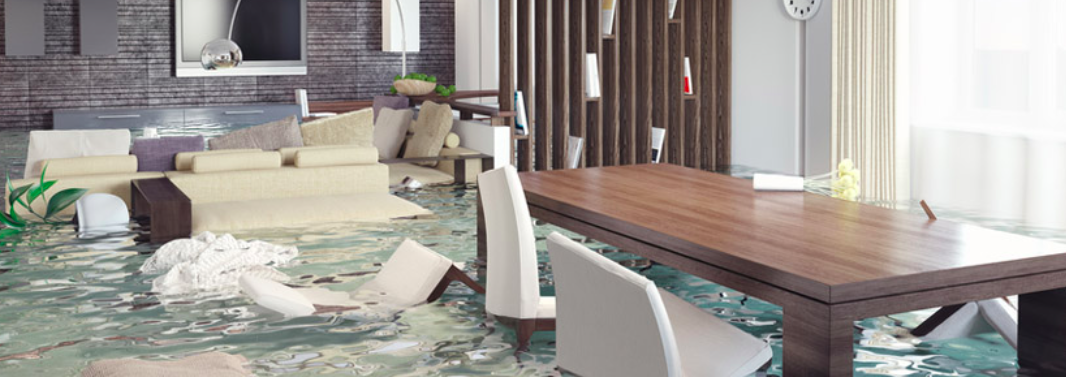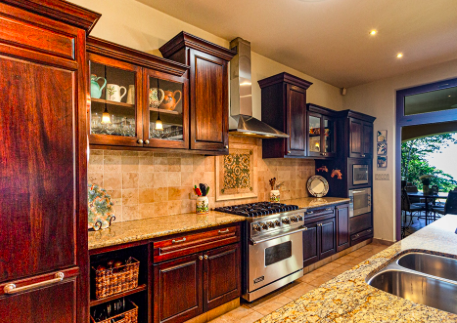Top 5 Tips on Smart Home Repair
RH Business Marketing Solutions
Top 5 Tips on Smart Home Repair
Home automation is becoming prevalent because of its convenience, to the point where it practically works like magic. You can control your entire house with a click of a button, the sound of your voice, and sometimes, from anywhere in the world. In fact, it is estimated that the global smart home market will exceed $53 billion. But every now and malfunction can occur.
Technology may not always be 100% perfect and is one of the arguments against smart homes, but sometimes, all it needs is a simple fix.
In this guide, we will provide solutions to 5 smart home repair problems that are experienced with smart home products.
1. Have You Tried Restarting?
We have all heard this advice when working with any device and albeit for good reason. The IT department or customer service agent is not just being lazy when they ask this question. Turning your device off and switching it back on again can fix the problem.
If the problem persists, it might be your modem or router that needs rebooting, or it might even be the problem itself, more on smart home Wi-fi problems in the next step.
2. Check Your Wi-Fi
You may experience hiccups with the connection, such as your smart switch not connecting to Wi-Fi. When it comes to the placing of your modem or router, your device may have trouble staying connected or respond slowly due to an unstable bandwidth.
This is what technicians refer to as a “dead zone”. The best solution is to move it to the middle of your house and preferably on higher ground such as an upper floor. Devices work better the closer they are to the Wi-Fi source. Signals also travel downward, so placing it higher can improve your Wi-Fi significantly.
Your router may also be transmitting two wireless frequencies: 2.4 GHz and 5Ghz. Simply put, your smartphone might be connected to one of the frequencies and your smart home device to another, so make certain they are all connected to the same one.
3. Update Your Software
Smart home failures can be avoided by merely updating your software. All devices, including routers, will need to be updated periodically for the purposes of seamlessness and security, which are highly prioritized in a smart home.
While most modern devices update automatically, older models may need you to manually do it yourself, so don’t be too worried if your device confirms your email address, password, location, or asks you to download a file. Of course, do be careful as not all pop-up messages are for updates.
If it states there is an error, you may have to read up on the manual, check forums or FAQs on the site, or contact a customer service agent for your product.
4. Fix Hardware
When you pertain to smart home repair it may require you to probe into your hardware too but only if you are an expert in the fields of electrical or hardware, no one wants to get into any serious accidents.
If you’re like the rest of us who might be able to spot these issues but don’t know how to fix them, the best thing to do at this point would be to contact the manufacturer or consult handyman professionals such as HandyKith, for example.
5. Power Problems
Our last tip on the list of smart home complaints would be to ensure that you have a dependable power supply. Being a smart home, everything will be running on power, so it is important to correct any power issues causing the problem.
There is no harm in guaranteeing that your cord hasn’t come loose or that you don’t have other wiring problems before looking for other possible malfunctions. You can also start supplying yourself with rechargeable batteries and adjust settings to conserve energy. Most devices will come with an LED indicator to display whether your device is receiving power.
Conclusion
Next time you stumble upon problems with your smart home, keep these tips in mind. If you have any problems setting up, let us know as there might just be a simple solution.
About the Author
The author has experience working with a few fully-equipped, high quality rated, professional contracting companies like HandyKith, that specializes in all kinds of house repairs and installations, including smart home repair. She has been a smart home enthusiast over the years and educates about the advantages of having smart homes.
Guest Contributor: Clyde Kincaid



















